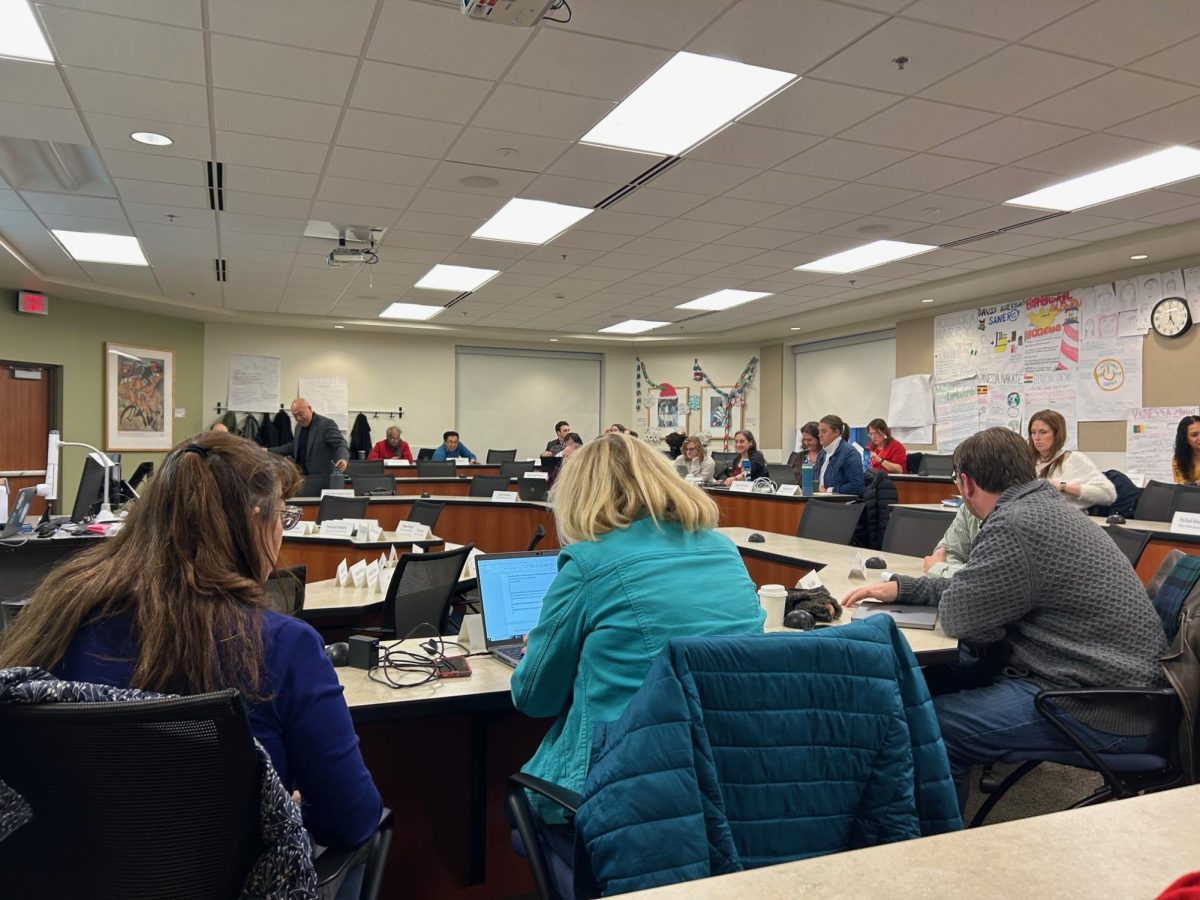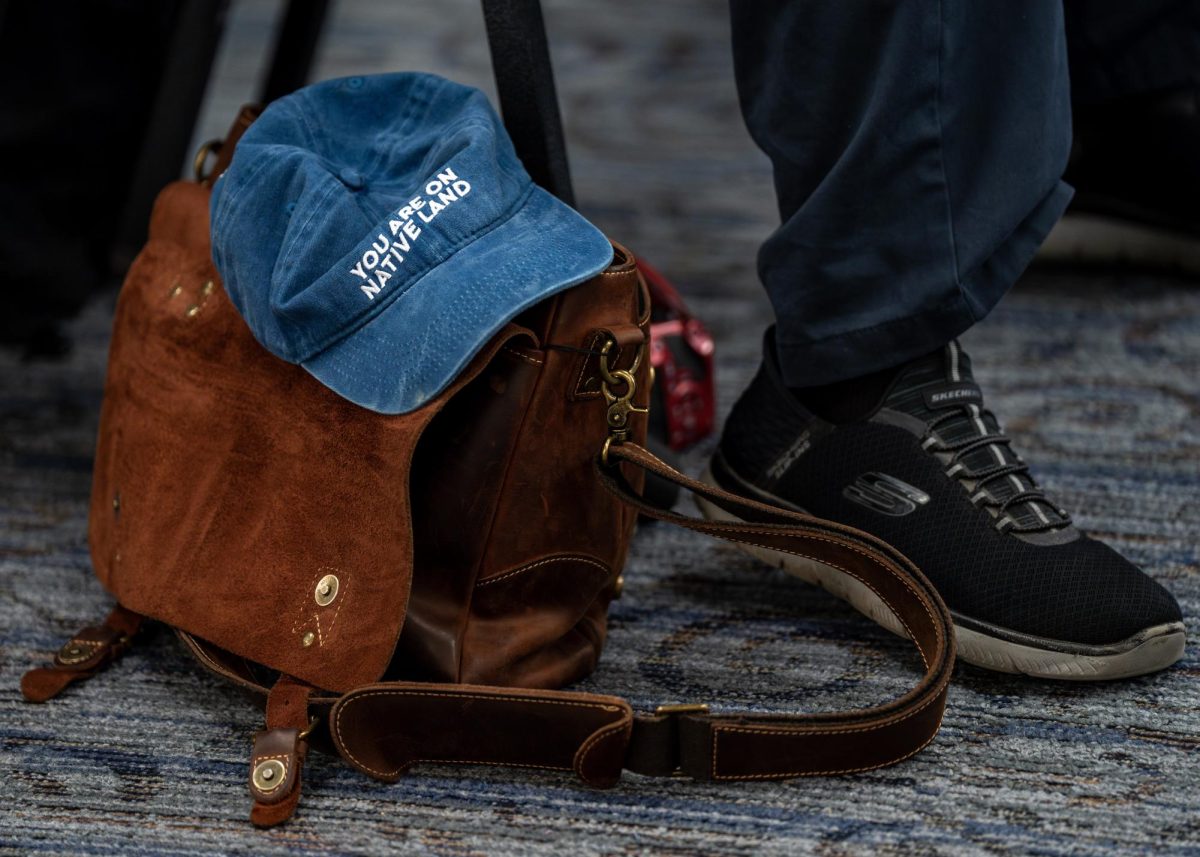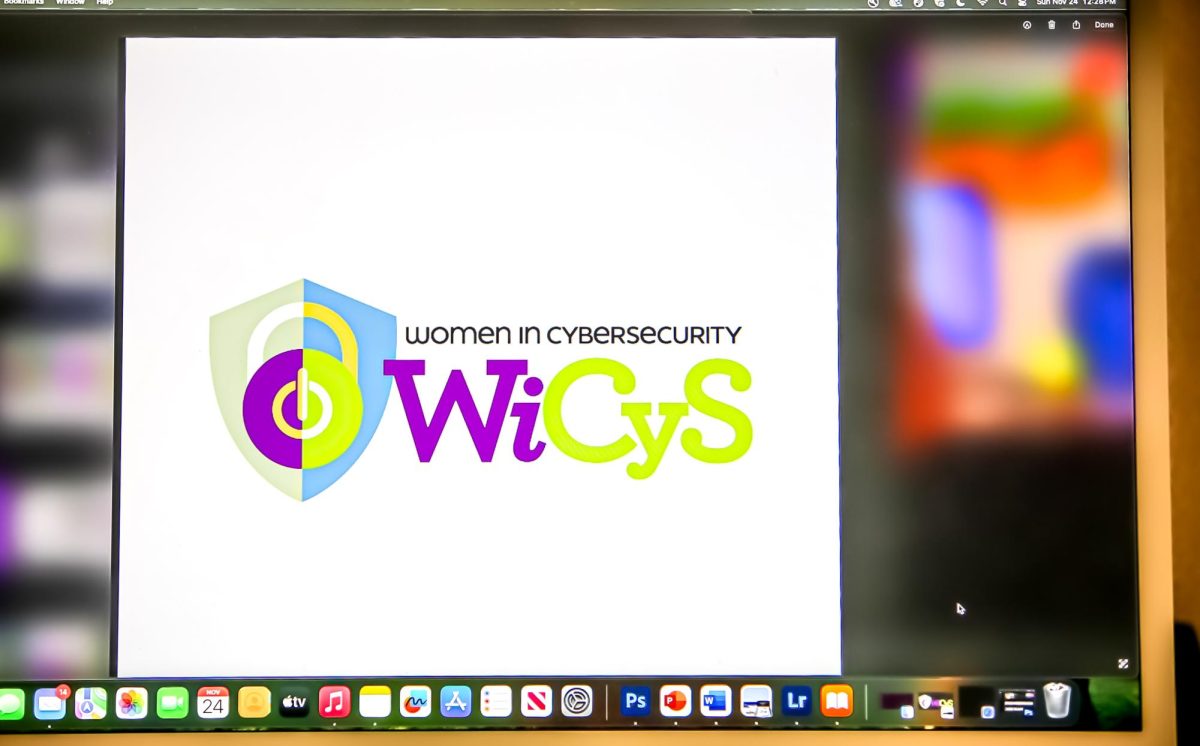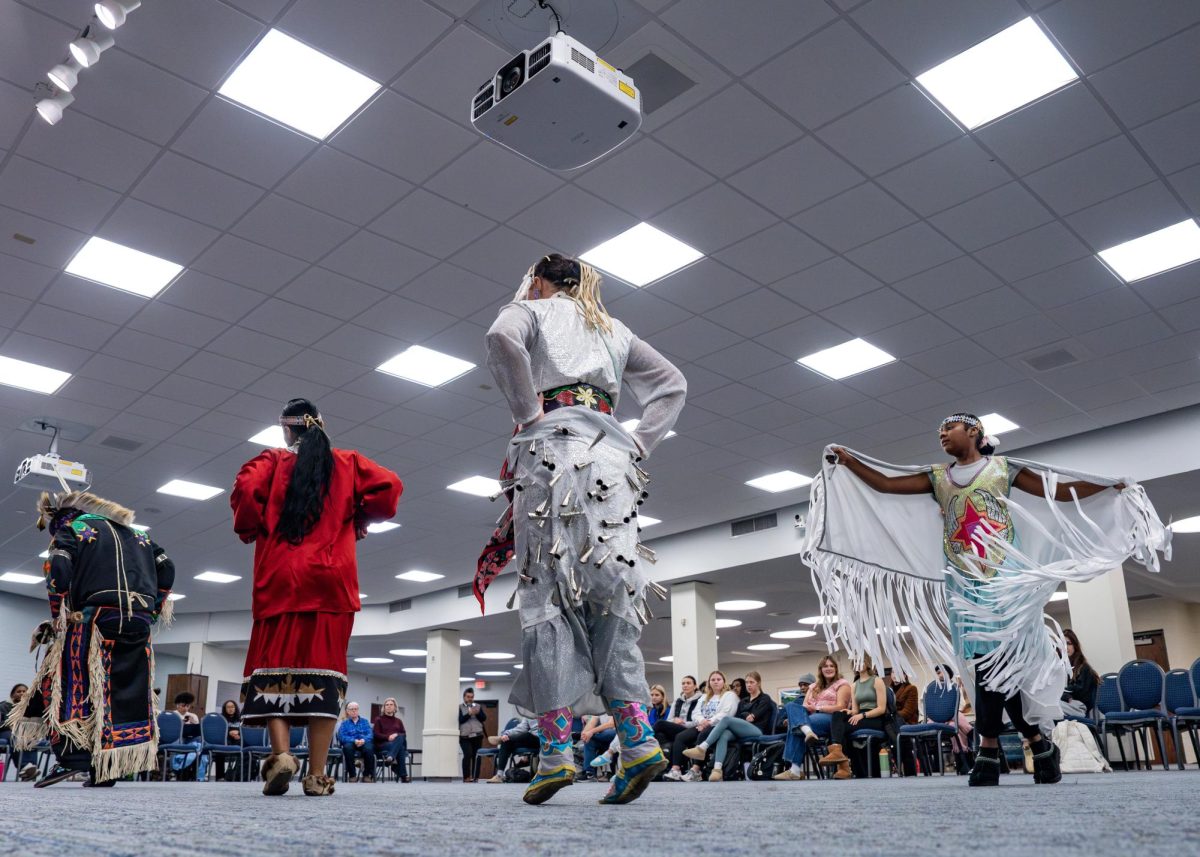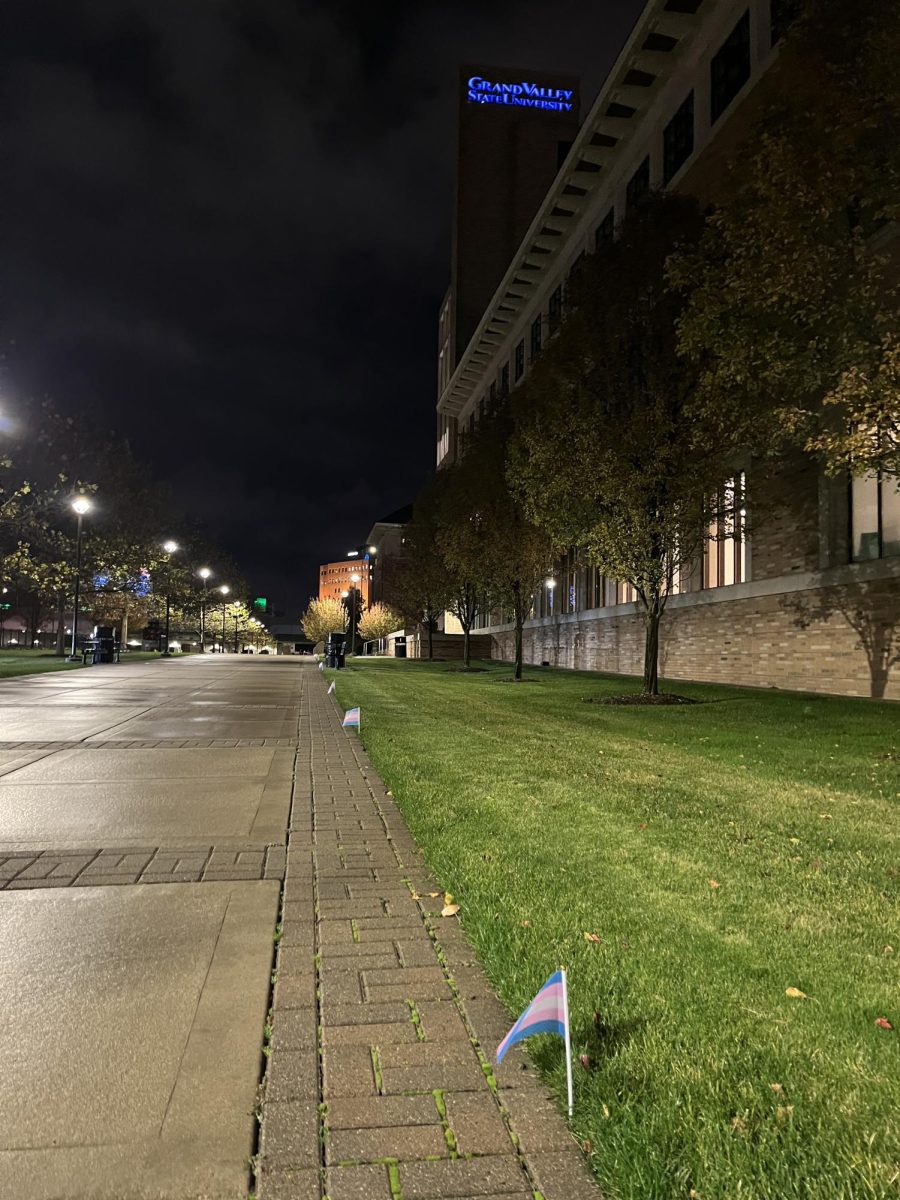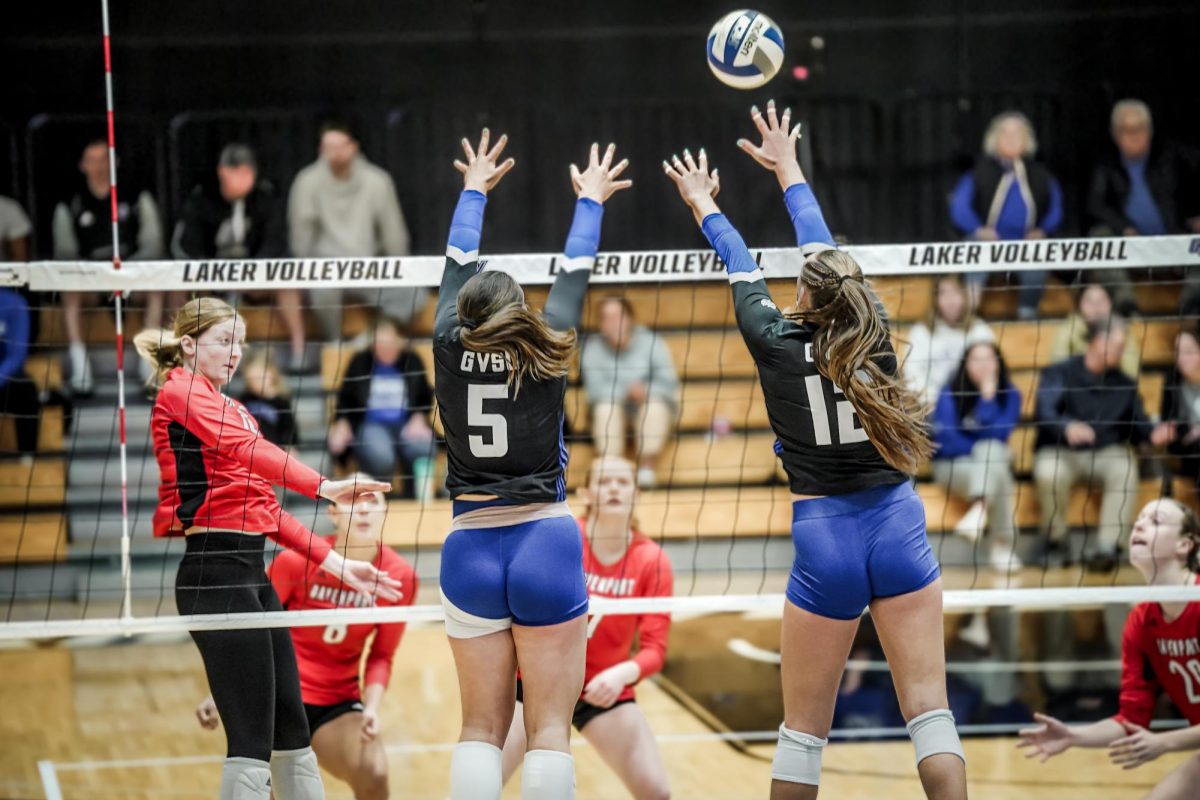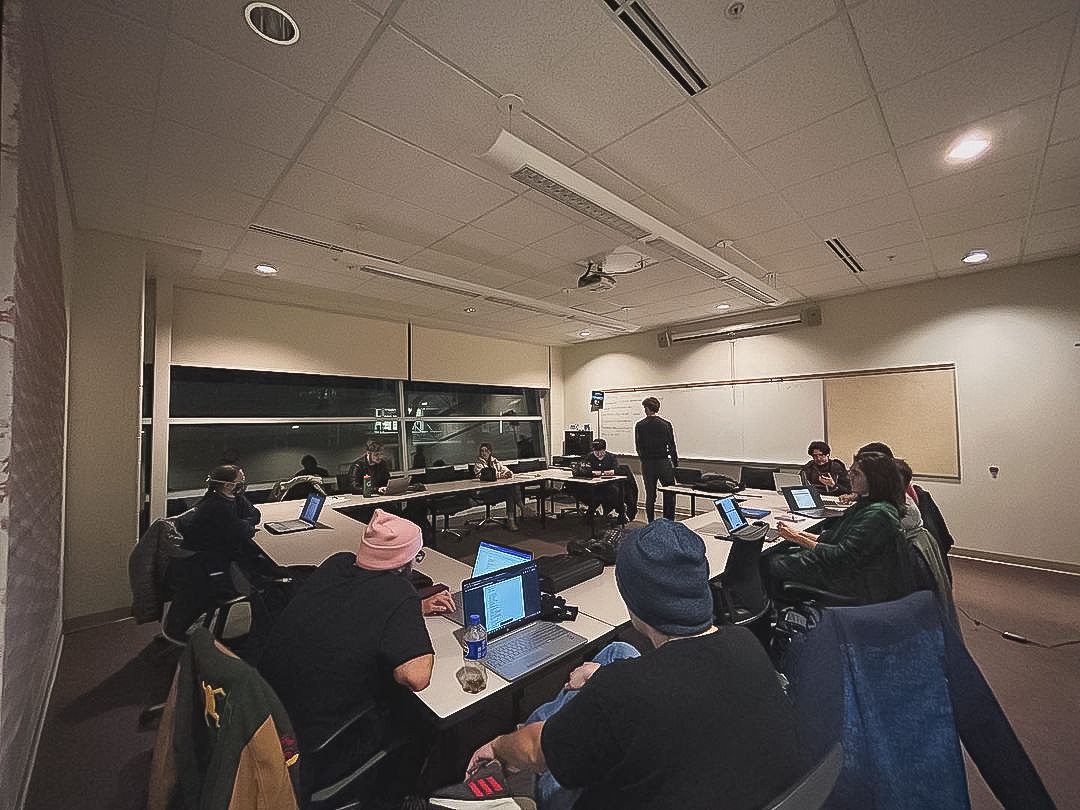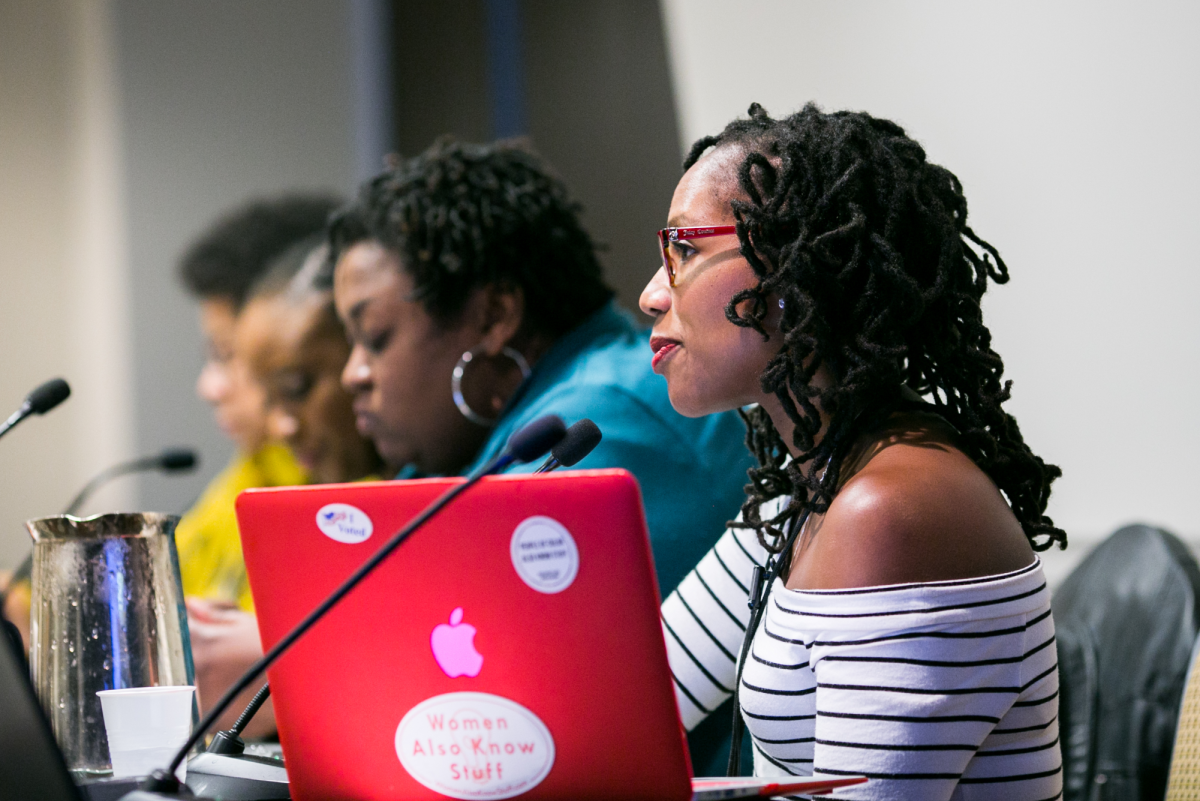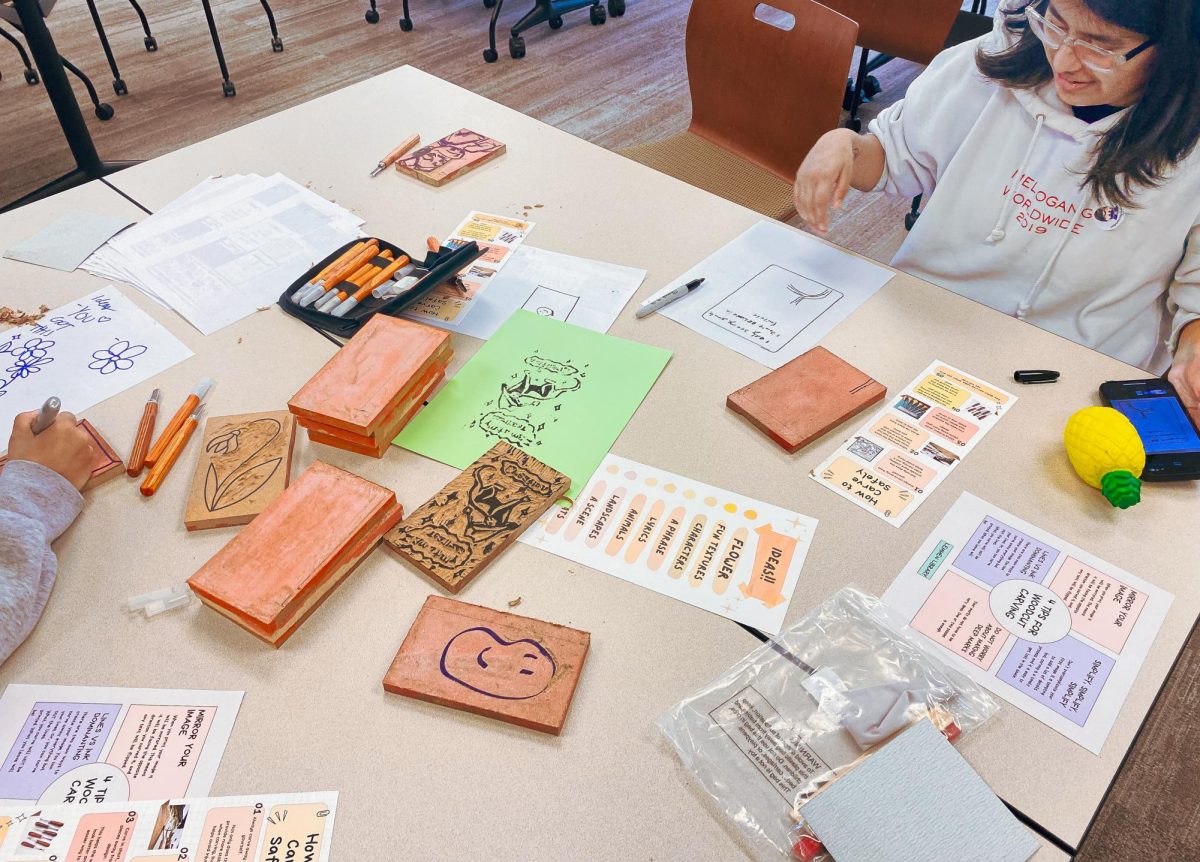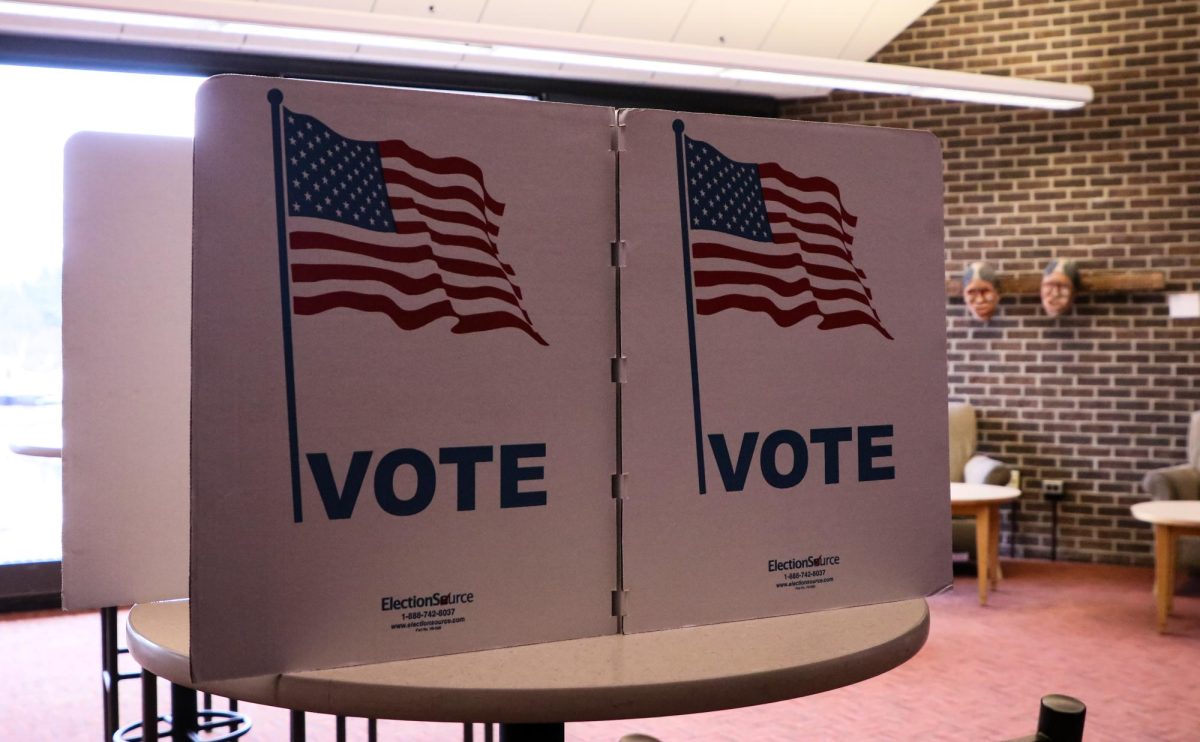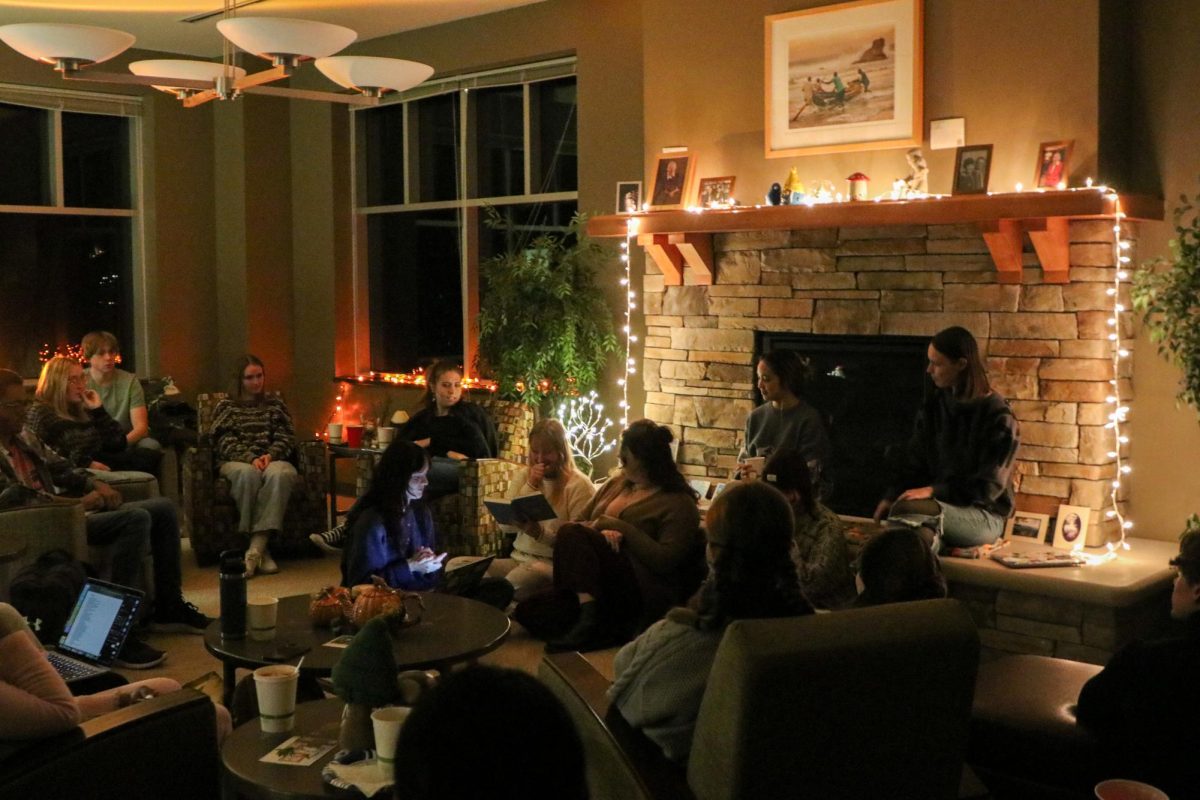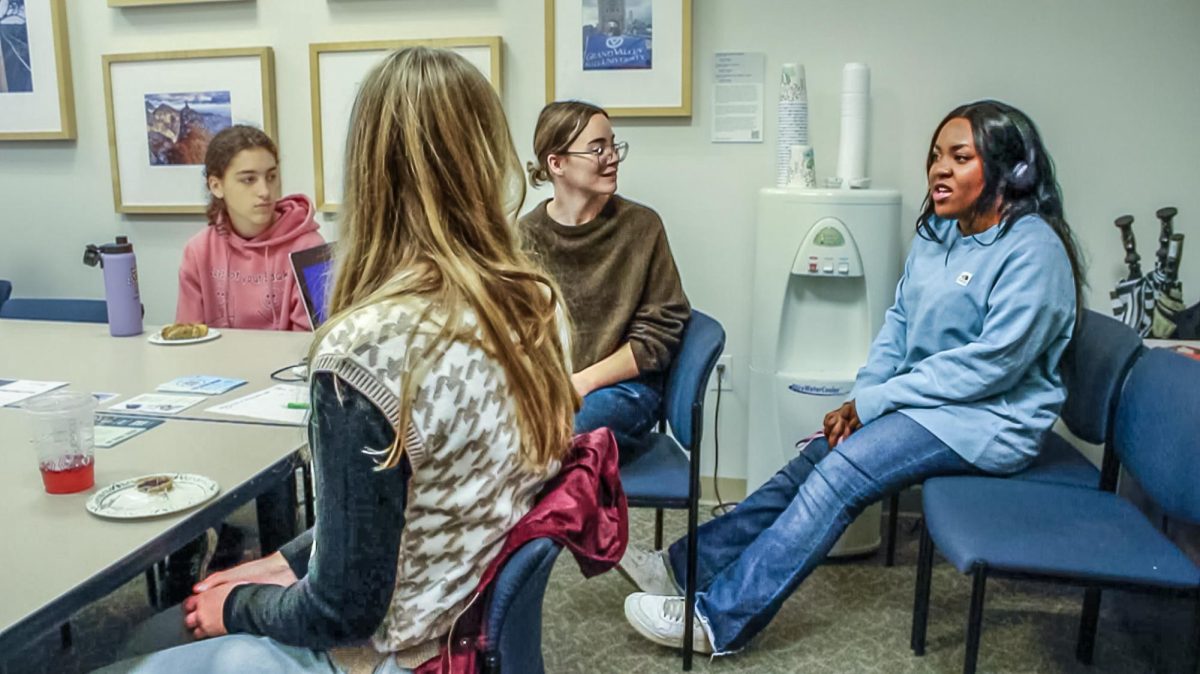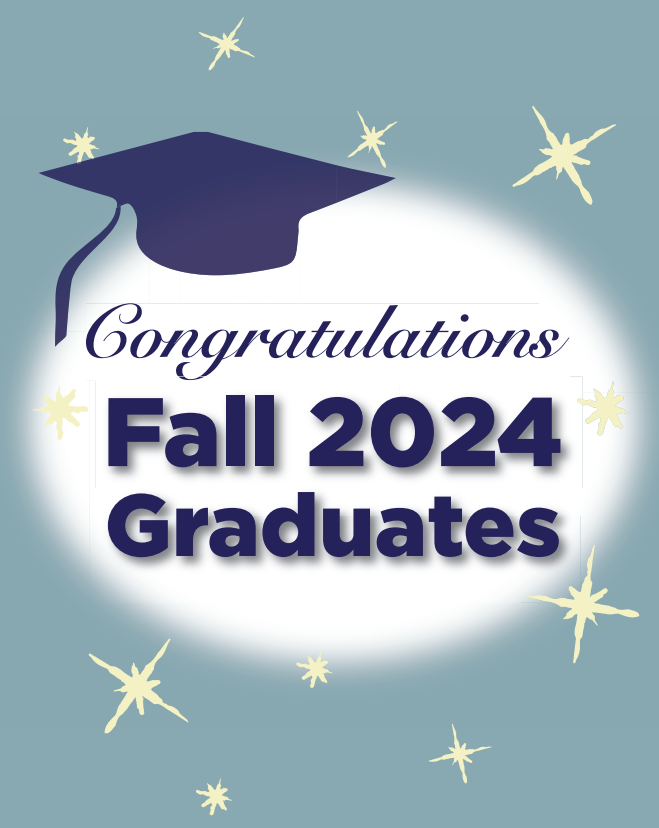Ready and willing
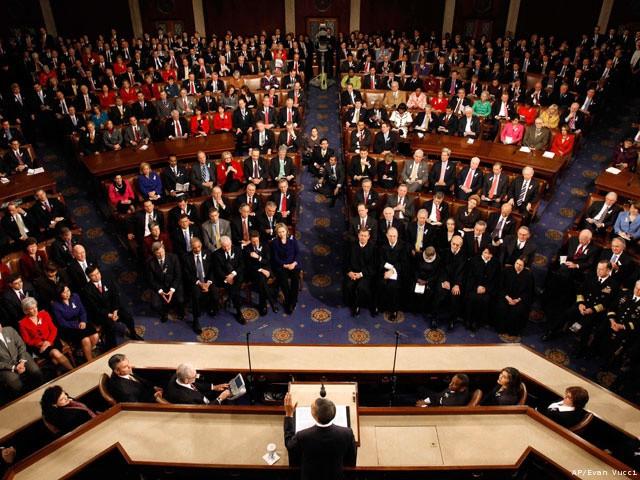
State of the Union
Jan 27, 2011
For 100 years, Congress members have sat divided at the president’s State of the Union address. A sea of Republicans and Democrats split by an aisle, as tradition dictates.
On Tuesday night, red and blue ties and pant suits crossed invisible party lines in a symbolic act of civility and compromise to watch President Barack Obama deliver his State of the Union address, a speech aimed at the restoration of American people’s faith in a nation exhausted under the weight of a recession that has many still gasping for air.
The optimism was tangible in Washington as Obama spun tales of the American dream – small business owners building from the ground up with innovative strides geared toward renewable, clean energies and bio-medical science technologies.
Paul Isley, chair of the Economics Department at Grand Valley State University, said GVSU and West Michigan in its entirety are well positioned for the rising demand.
“We have solar, battery and a growing wind manufacturing sector,” he said. “Grand Valley has several different majors that can take advantage of this – particularly in the math and sciences. In addition, Grand Valley has several research projects ongoing in various units.”
The president’s goals for sustainability include breaking dependence on bio fuels with over one million electric vehicles on the road by 2015 and by 2035 have 80 percent of American’s electricity come from clean energy sources.
“So, instead of subsidizing yesterday’s energy, let’s invest in tomorrow’s,” Obama said.
Isley said Obama talked less about creating jobs today and more about investing in fields that will create jobs in the future. The future relies heavily on easier access to higher education. Over the next 10 years, Obama said more than half of the new jobs created would require a higher education.
Obama proposed to Congress a permanent $10,000 tax credit for a four-year college run. Many, including Isley, believe more needs to be done to reach the president’s goal of attaining the highest proportion of college-educated adults in the world.
“Obviously, a tax credit helps families afford education that was previously just out of reach,” Isley said. “However, right now these increases in federal programs are battling decreases in outlays from the states. As states decrease their higher education budgets, at the same time there is an increase in students wishing to access this same higher education. It puts pressures on university budgets, and therefore tuition.”
Obama also emphasized the importance of immigration reform as it relates to America’s undocumented student population.
“They grew up as Americans and pledge allegiance to our flag, and yet they live every day with the threat of deportation,” he said. “Others come here from abroad to study in our colleges and universities. But as soon as they obtain advanced degrees, we send them back home to compete against us. It makes no sense.”
Although the failed DREAM Act seems to remedy Obama’s concerns, political science professor Polly Diven does not think the DREAM Act will pass in the next year.
“With Republicans now in control of the House of Representatives, I don’t believe there is the political will to support this act,” she said.
Obama paralleled his push for education and innovation in job creation to a time half a century ago, and he said this is “our generation’s Sputnik moment,” with hopes of reaching new levels of development we have not seen since NASA.
With a country built off of ideologies, Obama closed his speech by saying he firmly believes this is possible.
“The idea of America endures,” he said. “Our destiny remains our choice. And tonight, more than two centuries later, it’s because of our people that our future is hopeful, our journey goes forward, and the state of our union is strong.”




